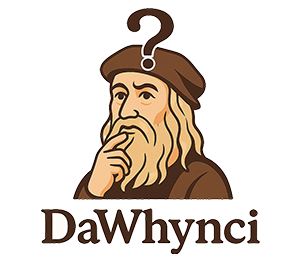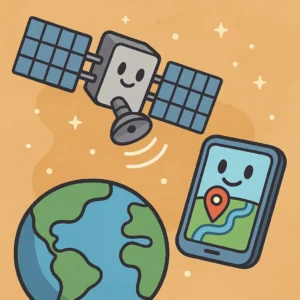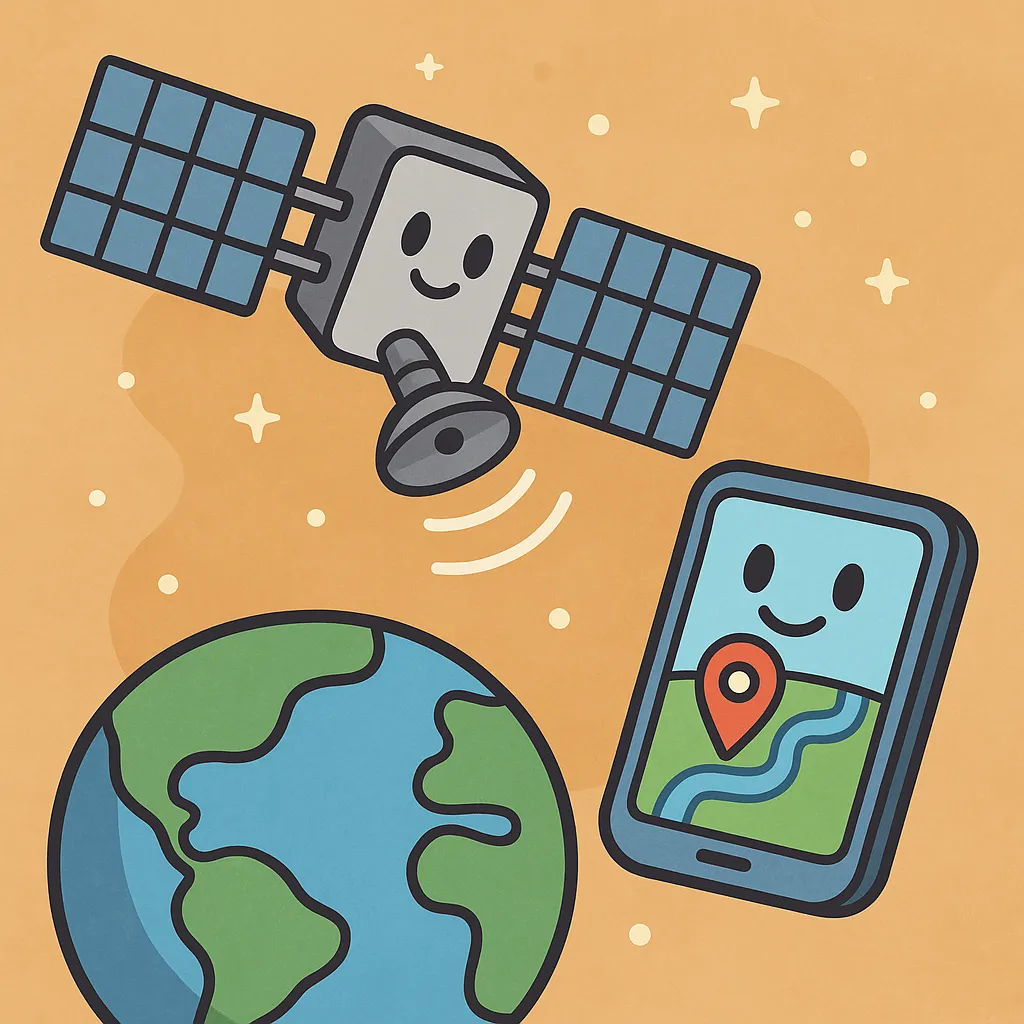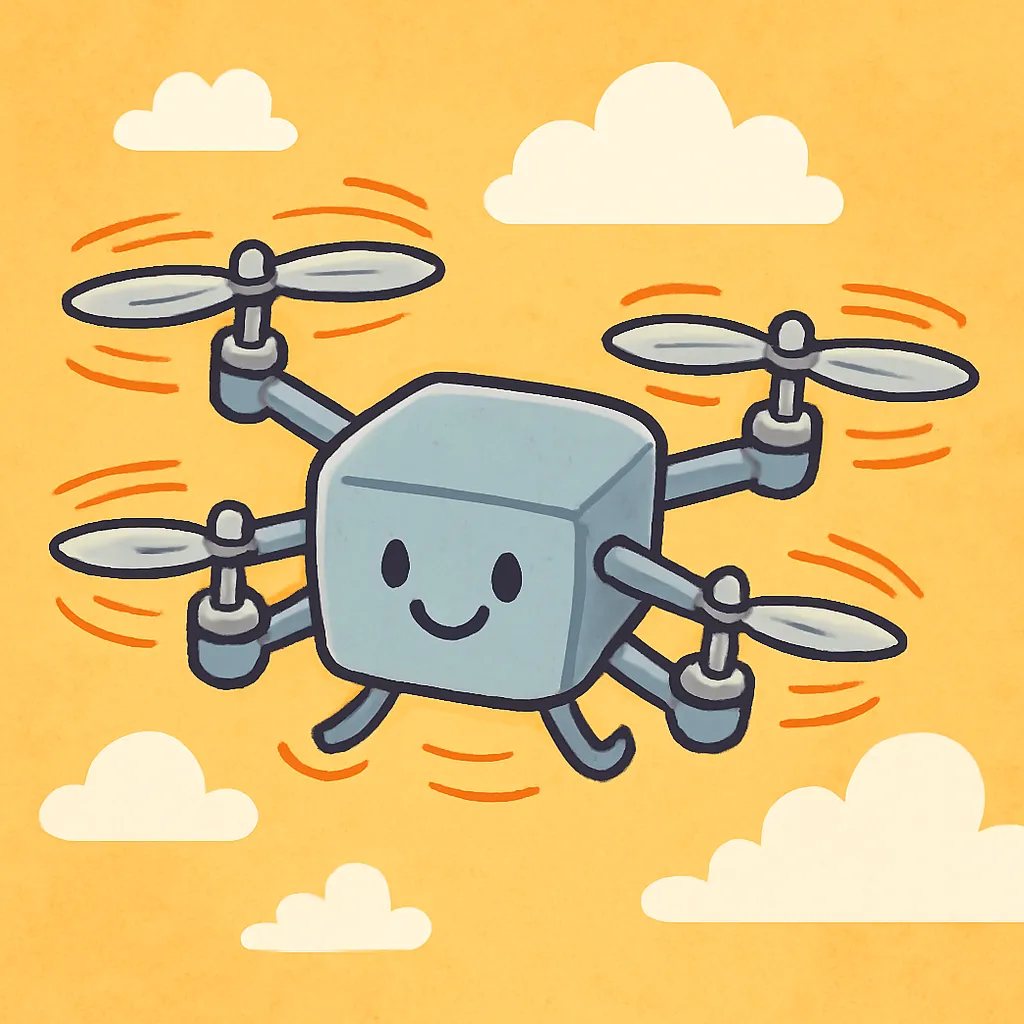Printing Made Knowledge Travel Far
Before printing, books were copied by hand, which took a long time and made them rare and expensive. When Johannes Gutenberg invented the printing press in the 1400s, it allowed many copies of the same book to be made quickly. This meant more people could own books, read stories, and learn new things. Knowledge that was once reserved for kings, scholars, or the wealthy is now accessible to farmers, merchants, and everyday people.
Printing also helped preserve ideas. Once a book was printed, it was harder for the information to be lost or changed. This helped scientists, explorers, and artists share their discoveries, leading to significant changes in art, science, and history.
Printing Sparked Big Changes in the World
The printing press played a huge role in major historical events. It helped spread the ideas of the Renaissance, which encouraged art and learning. It also made it easier for new religious ideas to spread during the Reformation. Newspapers, another gift of printing, let people know what was happening in their towns and across the world.
By making information faster to share and easier to access, printing helped people think for themselves, question old ideas, and imagine new possibilities. It connected people in ways that had never been possible before, shaping the modern world we live in today.
FAQs
Q: Who invented the printing press?
A: Johannes Gutenberg invented it in the mid-1400s in Germany.
Q: What was the first major book printed?
A: The Gutenberg Bible, printed in the 1450s, was the first big book made with the press.
🧠 Conspiracy Theory
Some say Gutenberg didn’t invent printing at all; he just borrowed the idea from a secret society of book-loving time travelers.
😅 Dad Joke
Why did the book join the gym?
It wanted to get “better binding.”









